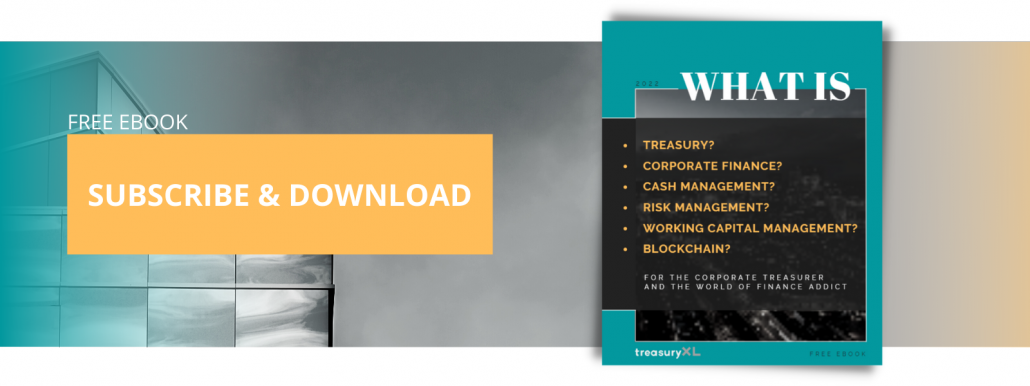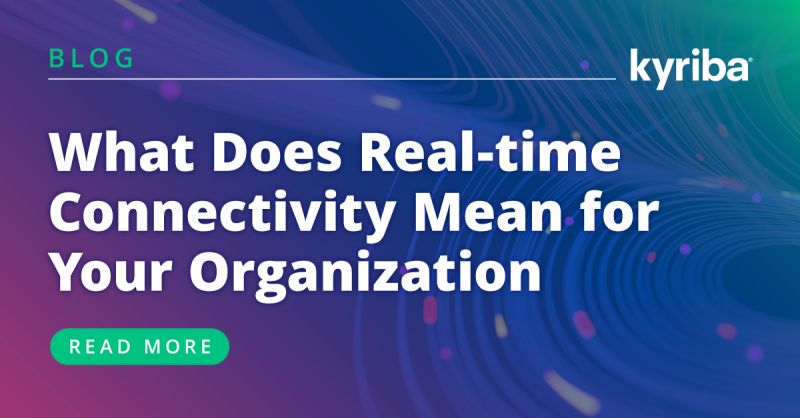According to a recent HSBC report, as many as 81% of CFOs view the digitisation of treasury processes as an area of increasing importance. The same survey shows that technology has moved from ‘nice to have’ to a key differentiator for treasury.
The good news is that ‘special purpose’ technology exists that —working alongside your existing systems (TMS, ERP)— allows CFO’s and finance teams to dramatically boost the efficiency of treasury operations.
In this blog, we briefly present five areas of improvement across the FX workflow. Taken together, they present a unique opportunity for CFOs to turn the ‘digital treasury’ into a day-to-day reality, allowing members of the finance team to remove operational risks while devoting more time to value-adding tasks.
Improvements across the FX workflow
Currency management is a process undertaken in three different phases. In the pre-trade phase, FX-related pricing is managed alongside the crucially important collection and processing of the firm’s exposure. The trade phase, quite naturally, is concerned with trade execution, primarily through forward FX contracts. Finally, the post-trade phase covers accounting, reporting and analytics processes and the ‘cash flow moment’ of payments and collections.

In all of these phases, easy-to-install software solutions provide tangible improvements in terms of the efficiency of treasury operations.
These improvements include:
Improvement 1: Set a strong ‘FX rate feeder’
Pain point: Commercial teams often lack the capability to use the currency rates they need to price in a data-driven and efficient way. With favourable forward points, they could use the forward FX rate to price more competitively without hurting budgeted profit margins. With unfavourable forward points, pricing with the forward rate would allow them to remove excessive markups.
Improvement: Whatever the number of transactions involved, automated solutions to price with the required FX rate can be quickly scaled to all the required currencies, with the pricing markups per client segment and currency pair requested by commercial teams.
Improvement 2: Process all types of exposure
Pain point: When it comes to collecting the firm’s exposure to currency risk, most Treasury Management Systems (TMS) are designed with accounts receivables/payables in mind. While this works fine for balance sheet hedging, the focus on accounting items precludes the automation of cash flow hedging based on the exposure collected earlier — firm commitments and forecasts for budget periods.
Improvement: API-based solutions allow finance teams to automate the crucially important process of capturing the relevant type of exposure information and run a variety of cash flow hedging programs, including combinations of programs that require more than one type of exposure data.
Improvement 3: Connect the phases of the FX workflow
Pain point: The trade phase of the FX workflow is where most of the attention of CFOs has been placed, as Multi-Dealer Trading platforms such as 360T have reduced the cost of FX trading for corporations. But while the execution of trades is oftentimes manually initiated, most systems lack the capability to fully automate the process of triggering trades.
Improvement: What special-purpose software brings is the capability not only to automate the trade part of the workflow —via connectivity with Multi-Dealer platforms—but also to link it to the pre-trade phase as well by ensuring that trades are executed at the right moment in time.
Improvement 4: Automate Hedge Accounting
Pain point: Compiling the documentation required to perform Hedge Accounting can be a costly and time-consuming process, as hedge effectiveness is assessed in by comparing changes in the fair value of the hedged item to changes in the fair value of the corresponding derivative instrument. This forces companies to rely on highly skilled personnel to manually execute these tasks.
Improvement: The perfect end-to-end traceability of automated solutions makes it possible accounting team to automate the painstaking process of compiling all the required documentation to perform Hedge Accounting – allowing CFOs to cost-effectively provide more informative financial statements.
Improvement 5: Automate swap execution
Pain point: The process of adjusting the firm’s hedging position to the cash settlement of the underlying commercial exposure is one of the finance team’s most resource-intensive and error-prone tasks. It can require an enormous amount of ‘swapping’, particularly for companies that manage many commercial transactions in different currencies.
Improvement: Swap automation, a task that most TMS are unable to perform, is a key feature of Currency Management Automation software. Perfect traceability allows members of the finance team to automatically ‘draw on’ or ‘roll over’ existing forward positions while removing operational risks.




















